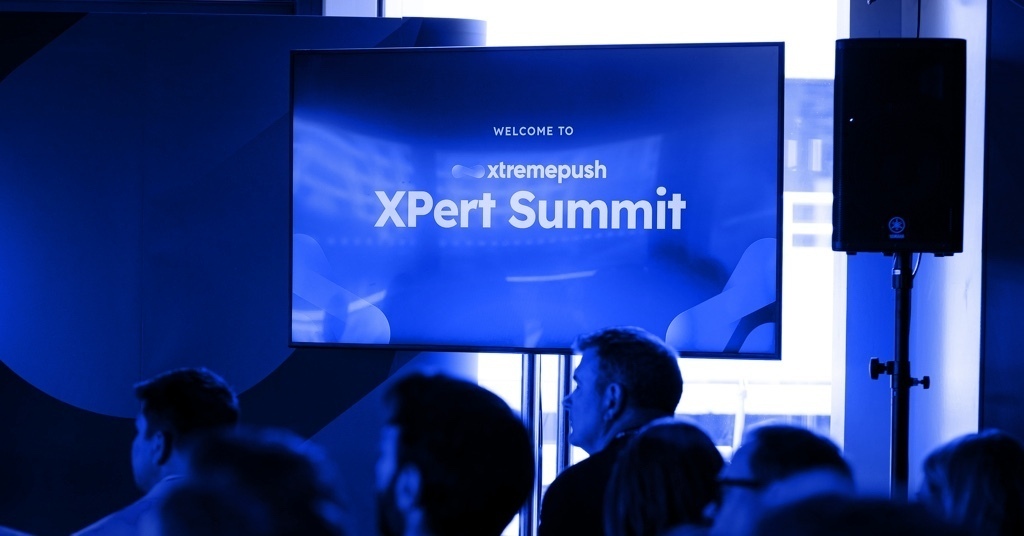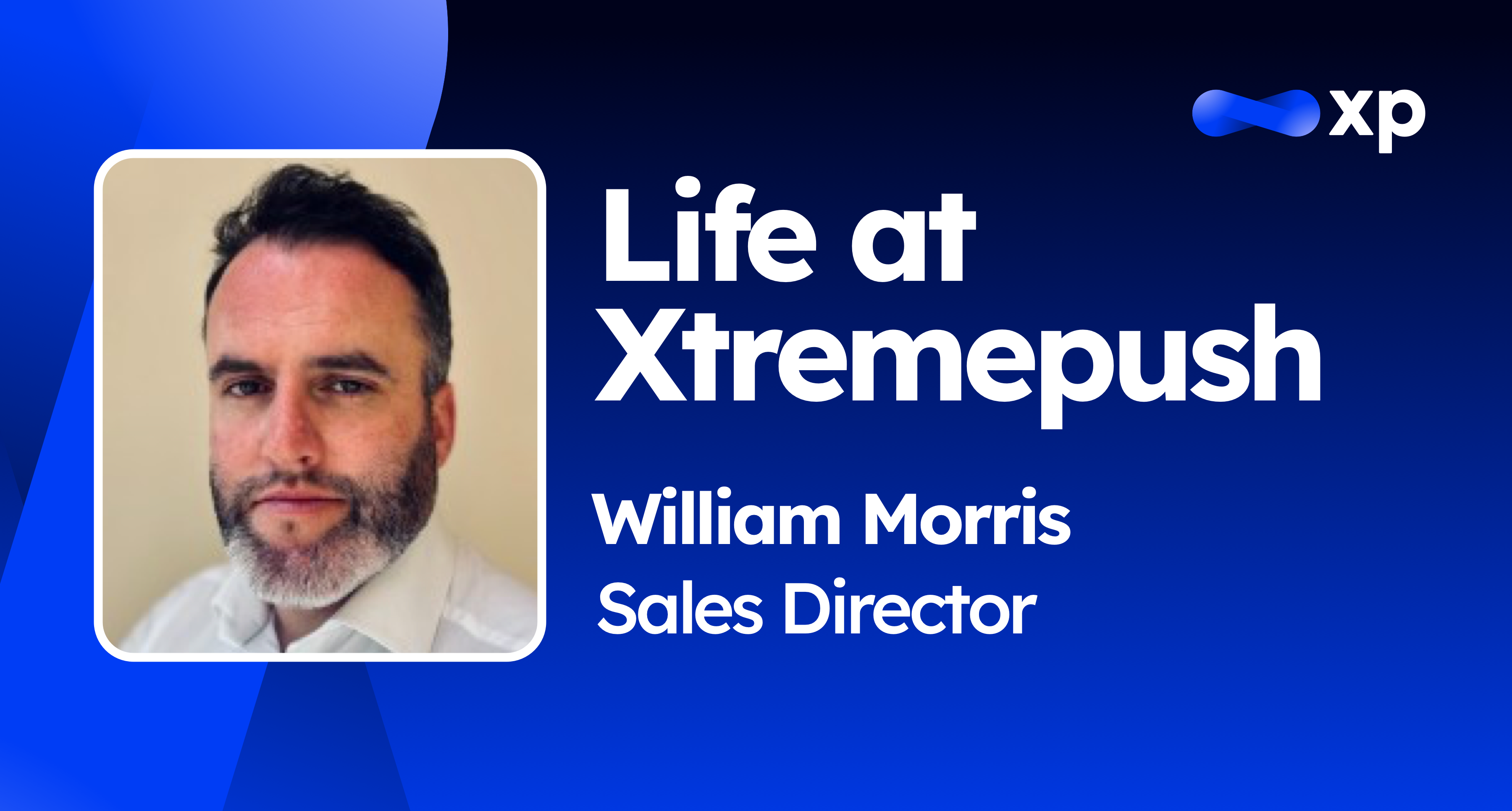Push notifications are a vital component of app engagement. It’s what allows you to directly reach and re-engage your users even when they are not using your app.
What’s more, users who opt-in for notifications are four times more engaged with apps and are twice as likely to be retained than opted-out users.
Getting your users to opt-in for push notifications, however, can be a tricky process. In the case of both Android and iOS apps, users are prompted after their download to opt in or out. This is your brand’s moment of glory: the critical time where you must convey the value of the content you will deliver to your app customer.
To raise the stakes even higher, you can only ask users to opt-in once. If push notifications are important in getting your user to form a regular habit of using your app, declined access could lead to you losing them forever.
Opt-in rates vary widely by industry, with travel and business apps, not surprisingly, scoring highest. Customers can instantly see the inherent value of time-sensitive messages related to their daily commute or professional endeavours.
So how can you convince your customers to opt-in for notifications on your mobile app? We take a look at 5 best-practice tactics for getting users to opt in to push through the use of in-app messaging and custom screens:
1) Make a great first impression with your app push notifications
Start your app user’s experience the right way: Provide a clear and informative splash page, a custom screen that pops up the first time a user opens your app. Use this prime real estate to guide your customer through your app’s top features and demonstrate the value your brand has to offer to the user. This is how you can start your relationship with users on the right footing.

2) Don’t ask users to opt-in immediately for push notifications
One of the biggest mistakes that apps make is asking for permission right away in the form of the official iOS and Android prompt. This simply provides a generic user experience that will not only frustrate your app users but will also result in low opt-in rates.
Put simply, users don’t want messages from an app that they haven’t gotten to know yet. A notable exception is large well-known brands whose customers already have a solid, well-established connection with the brand through their customer website.
3) Create pre-permission messages to gauge user interest
Following the onboarding tutorial, you can gauge user interest with a pre-permission message asking whether they want to opt-in for updates. If the user clicks ‘OK’, direct them to the official permission page; if the user clicks ‘Not Now’, wait until they are more familiar with your app and ask them again. By postponing the initial question and gauging the user’s interest, you can save your one opportunity for the right time.

4) Time your permission request based on user activity
Now it’s time to work on demonstrating value to your customer before attempting to show the opt-in again. One smart way to achieve this is to set certain event criteria before launching permission requests. Emphasising exactly how push notifications will contribute and enhance the user experience based on their unique actions is more likely to sway your users to opt-in.
A few examples might be:
- Viewed item: An eCommerce app, for example, may set a permission request to automatically launch once a user has viewed a product within the app. They are actively using your app and finding value in it so they may be more interested in receiving push notifications at this point.

- Articles read: A news app may decide to set an activating event after an app user has read three articles, asking if they would like to receive news updates.

- Number of sessions: Another strategy is to set a permission request to activate once a user has reached a set number of sessions. The user has gotten to know your app and at this stage, they are more likely to say yes.
It’s key to use in-app user behaviour to identify the perfect moment when push permission requests will be most effective.
5) Test for Best Conversion Rates
Once you’ve set up your pre-permission messages and event criteria, it’s key to continually test and measure the success of your in-app message variables. Testing will help boost your conversion rates so that nearly all of your app users are reaping the benefits of your push notifications.
In-app message variables that should be tested include:
- Timing: Test out the different event activation events discussed above, such as number of sessions, transactions, time spent in-app. You may find that some qualifying events work better than others.
- Design: Consider different text styles, button colours, and other styling elements
- Images: Try out in-app messages with and without images. Don’t forget to test different images, various cropping dimensions, etc.
- Messaging: Fine-tune your messaging with different wording and text length to see what resonates best
6) Maintain the Relationship
Once your users have opted-in to receive push notifications, it is critical that you respect the highly personal nature of this communication channel. Focus your efforts on delivering hyper-targeted, personalised push messages that add value to ensure your users do not opt-out of push at a later stage or even worse, uninstall your app.
If you’d like to learn more about push notifications then we recommend checking out our in-depth guide. It covers everything from set-up to best practices and use cases.
Conclusion
Securing the opt-in is all about demonstrating the value you intend to offer to users through the effective use of in-app messaging and custom screens.
Whether you’re in a high-performing industry, like public transportation or food delivery or a low-performing one, like News or Gaming, you must provide a compelling reason for your users to agree to opt-in.
In a nutshell, this means providing a thoughtful, educational and transparent onboarding experience which will serve to optimise your app’s push opt-in rate. With this customer-first strategy in mind, there is no reason why your app can’t overcome the bias surrounding push messaging.
Talk to us today about how push notifications can add value to your mobile app engagement strategy.
About Xtremepush
Xtremepush is the complete digital engagement platform, purpose-built for multichannel marketing. It empowers brands to deliver personalised, relevant and real-time messages across email, web browser, mobile app, sms and social messengers.
The platform is completely modular and combines enterprise-grade analytics with a full suite of campaign and automation tools. This provides brands with accessible and actionable data, enabling them to unify the silos, create dynamic customer experiences and execute core business goals at speed and scale.
Xtrempush was named in the 2019 Gartner Magic Quadrant for Mobile Marketing Platforms. Read that report here.













